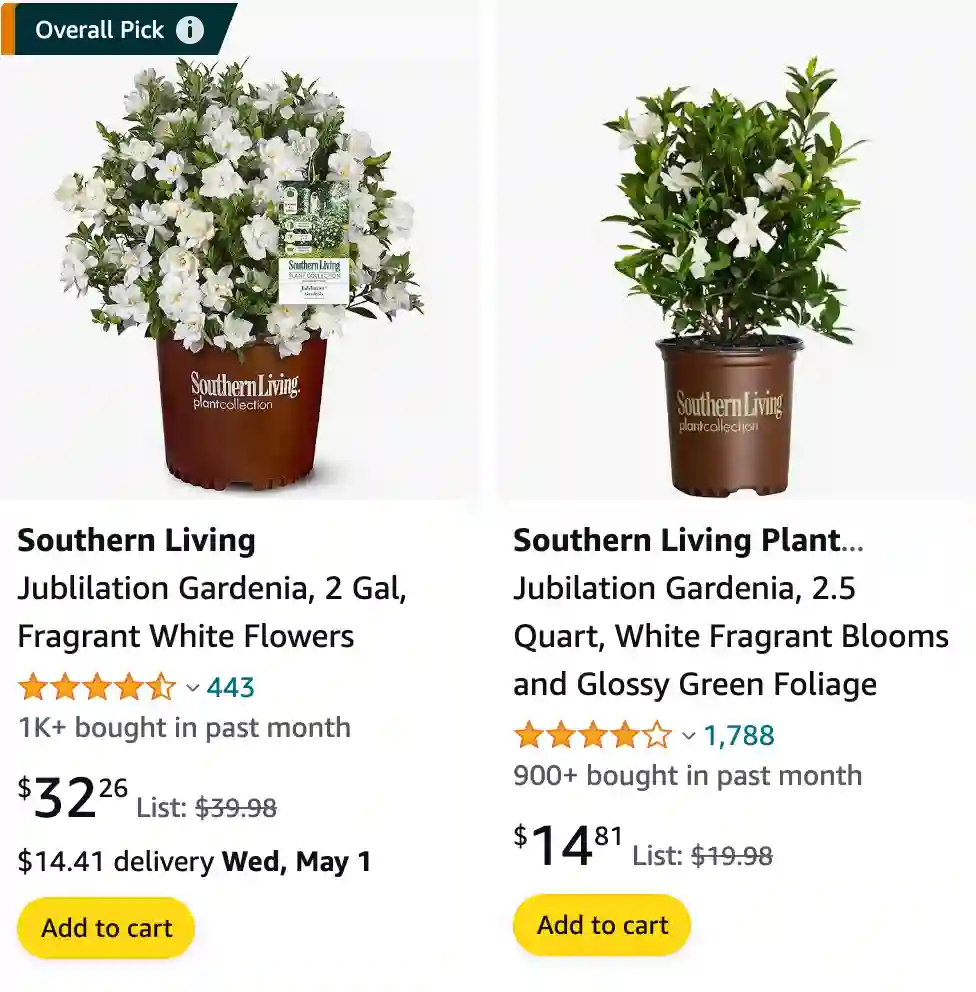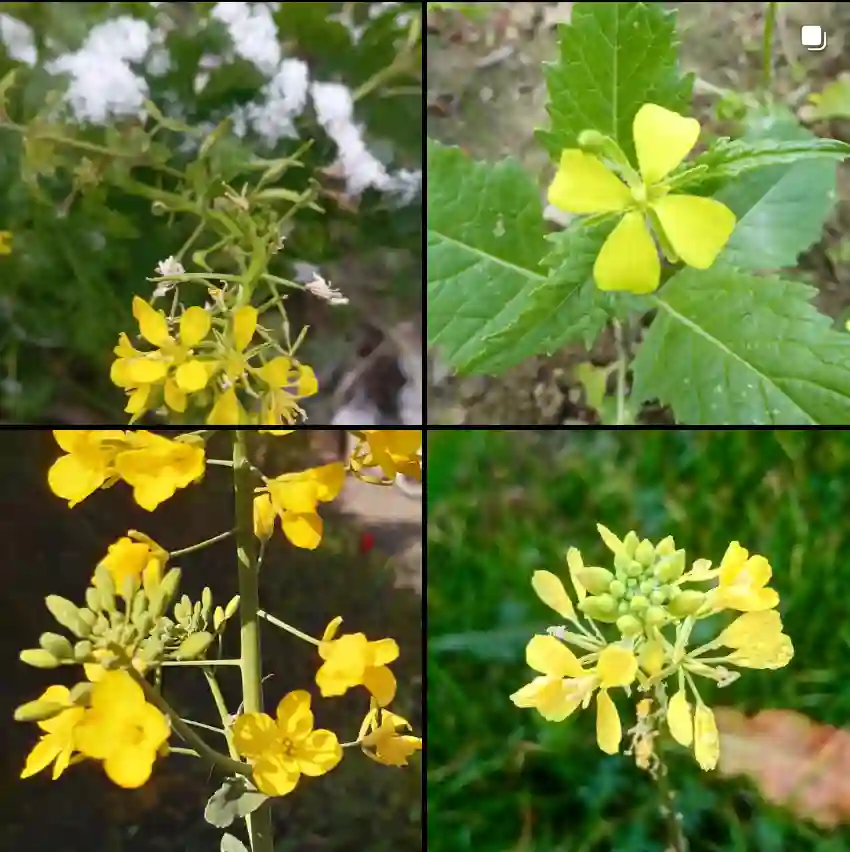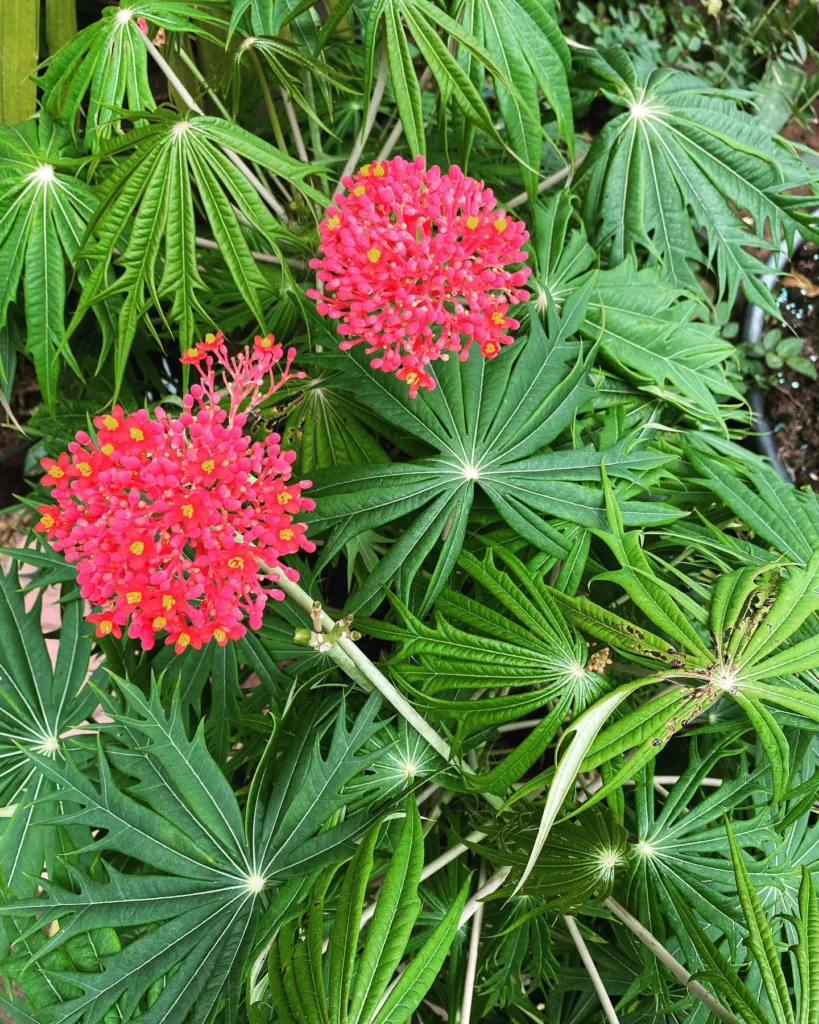
October 15 – Gardenia
"Gardenia, the fragrant beauty, defines October 15."
Gardenia symbolizes purity and love. You exude elegance and inspire affection. Like its intoxicating scent, your presence is unforgettable.
The Allure of Gardenias
As a lover of all things botanical, I, Ferb Vu, am particularly drawn to the captivating beauty and intoxicating fragrance of the Gardenia. This genus of flowering plants, belonging to the coffee family, Rubiaceae, boasts a diverse array of species, each with its unique charm. Native to the tropical and subtropical regions of Africa, Asia, Australia, and the Pacific Islands, Gardenias have captivated plant enthusiasts and perfumers alike for centuries.
A Diverse Genus
The Gardenia genus encompasses over 120 recognized species, showcasing a remarkable variety in size, shape, and floral characteristics.
- Gardenia actinocarpa Puttock
- Gardenia anapetes A.C.Sm.
- Gardenia angkorensis Pit.
- Gardenia annamensis Pit.
- Gardenia aqualla Stapf & Hutch.
- Gardenia archboldiana Merr. & L.M.Perry
- Gardenia aubryi Vieill.
- Gardenia barnesii Merr.
- Gardenia beamanii Y.W.Low
- Gardenia boninensis (Nakai) Tuyama ex T.Yamaz.
- Gardenia brachythamnus (K.Schum.) Launert
- Gardenia brevicalyx Rakoton. & A.P.Davis
- Gardenia brighamii H.Mann
- Gardenia buffalina (Lour.) Poir.
- Gardenia cambodiana Pit.
- Gardenia candida A.C.Sm.
- Gardenia carinata Wall. ex Roxb.
- Gardenia carstensensis Wernham
- Gardenia chanii Y.W.Low
- Gardenia chevalieri Pit.
- Gardenia clemensiae Merr. & L.M.Perry
- Gardenia collinsiae Craib
- Gardenia cornuta Hemsl.
- Gardenia coronaria Banks
- Gardenia costulata Ridl.
- Gardenia crameri Tirveng.
- Gardenia cuneata Kurz
- Gardenia dacryoides A.Cunn. ex Puttock
- Gardenia elata Ridl.
- Gardenia epiphytica Jongkind
- Gardenia erubescens Stapf & Hutch.
- Gardenia esculenta Stokes
- Gardenia ewartii Puttock
- Gardenia faucicola Puttock
- Gardenia fiorii Chiov.
- Gardenia flava (Lour.) Poir.
- Gardenia fosbergii Tirveng.
- Gardenia fucata R.Br. ex Benth.
- Gardenia fusca E.T.Geddes
- Gardenia gardneri Puttock
- Gardenia gjellerupii Valeton
- Gardenia gordonii Baker
- Gardenia grievei Horne ex Baker
- Gardenia griffithii Hook.f.
- Gardenia gummifera L.f.
- Gardenia hageniana Gilli
- Gardenia hainanensis Merr.
- Gardenia hansemannii K.Schum.
- Gardenia hillii Horne ex Baker
- Gardenia hutchinsoniana Turrill
- Gardenia imperialis K.Schum.
- Gardenia invaginata Merr. & L.M.Perry
- Gardenia ixorifolia R.Br. ex Hook.f.
- Gardenia jabiluka Puttock
- Gardenia jasminoides J.Ellis Plant FAQs: Gardenia Jasminoides – Cape Jasmine
- Gardenia kabaenensis Y.W.Low
- Gardenia kakaduensis Puttock
- Gardenia kamialiensis Takeuchi
- Gardenia lacciflua K.Krause
- Gardenia lamingtonii F.M.Bailey
- Gardenia lanutoo Reinecke
- Gardenia latifolia Aiton
- Gardenia leopoldiana De Wild. & T.Durand
- Gardenia longistipula Y.W.Low
- Gardenia magnifica E.T.Geddes
- Gardenia mannii H.St.John & Kuykendall
- Gardenia manongarivensis Rakoton. & A.P.Davis
- Gardenia megasperma F.Muell.
- Gardenia moszkowskii Valeton
- Gardenia mutabilis Reinw. ex Blume
- Gardenia nitida Hook.
- Gardenia obtusifolia Roxb. ex Kurz
- Gardenia ornata K.M.Wong
- Gardenia oudiepe Vieill.
- Gardenia ovularis F.M.Bailey
- Gardenia pallens Merr. & L.M.Perry
- Gardenia panduriformis Pierre ex Pit.
- Gardenia papuana F.M.Bailey
- Gardenia philastrei Pierre ex Pit.
- Gardenia posoquerioides S.Moore
- Gardenia propinqua Lindl.
- Gardenia psidioides Puttock
- Gardenia pterocalyx Valeton
- Gardenia pyriformis A.Cunn. ex Benth.
- Gardenia racemulosa Korth.
- Gardenia reflexisepala N.H.Xia & X.E.Ye
- Gardenia reinwardtiana Blume
- Gardenia remyi H.Mann
- Gardenia resinifera Roth
- Gardenia resiniflua Hiern
- Gardenia resinosa F.Muell.
- Gardenia rupicola Puttock
- Gardenia rutenbergiana (Baill. ex Vatke) J.-F.Leroy
- Gardenia sambiranensis Rakoton. & A.P.Davis
- Gardenia saxatilis E.T.Geddes
- Gardenia scabrella Puttock
- Gardenia schlechteri Bonati & Petitm.
- Gardenia schwarzii Puttock
- Gardenia sericea Puttock
- Gardenia similis (Craib) Craib
- Gardenia siphonocalyx Valeton
- Gardenia sokotensis Hutch.
- Gardenia sootepensis Hutch.
- Gardenia stenophylla Merr.
- Gardenia storckii Oliv.
- Gardenia subacaulis Stapf & Hutch.
- Gardenia subcarinata (Corner) Y.W.Low
- Gardenia taitensis DC. Plant FAQs: Gardenia Taitensis – Tiare Gardenia
- Gardenia tannaensis Guillaumin
- Gardenia ternifolia Schumach. & Thonn.
- Gardenia tessellaris Puttock
- Gardenia thailandica Tirveng.
- Gardenia thunbergia Thunb.
- Gardenia tinneae Kotschy & Heuglin
- Gardenia transvenulosa Verdc.
- Gardenia trochainii Sillans
- Gardenia tropidocarpa Wernham
- Gardenia truncata Craib
- Gardenia tubifera Wall.
- Gardenia urvillei Montrouz.
- Gardenia vernicosa Merr. & L.M.Perry
- Gardenia vilhelmii Domin
- Gardenia vitiensis Seem.
- Gardenia vogelii Hook.f.
- Gardenia volkensii K.Schum.
- Gardenia vulcanica K.M.Wong
Why are gardenia leaves yellow?
Gardenia leaves turning yellow has been the bane of my gardening existence! I’ve struggled with my gardenias in the past, watching those beautiful deep green leaves turn a sickly pale color. Sometimes it felt like overnight! It could be something simple like needing fertilizer, especially if it’s affecting older leaves. Other times it might be the soil pH being too high. One year, I’m convinced my plant got “cold feet” after an unexpected spring frost and those leaves just never recovered. Gardenias can be finicky, but they’re so worth it for those fragrant blooms.
Is gardenia toxic to cats?
Sadly, yes, gardenias are toxic to cats. I love my little furball, so I always have to be mindful of the plants I bring into our home. One time, I had a lovely bouquet of gardenias, and I had to keep them well out of reach because my curious kitty was determined to nibble on those lush blooms. I learned my lesson and now I make sure he never has access to them. It’s just not worth the risk of him getting sick – those sweet furry faces depend on us to keep them safe!
Is gardenia toxic to dogs?
Unfortunately, yes, those beautiful gardenias can cause real trouble for our canine companions. I always worry about my friend’s dog when he visits, as he’s a bit of a plant explorer. Those lush green leaves and pretty flowers seem irresistible to him, and gardenias can cause vomiting, diarrhea, and general discomfort. I keep a close eye and make sure he leaves my gardenias alone, and it would be best to avoid planting them in places dogs can easily access.
What color is gardenia?
Gardenias are mostly known for their classic creamy, white blooms. It’s a beautiful, almost pure white with just a hint of warmth.
However, there are some rarer varieties that boast a delicate yellow hue, especially as they age. These yellow gardenia flowers are truly special.
When to trim a gardenia?
I find the best time to trim my gardenia is right after it finishes blooming. That usually ends up being sometime in late spring or early summer for me. Trimming right then means you won’t lose any of the next season’s gorgeous blooms, and it helps keep things nice and tidy. If everything looks bushy and healthy, I’ll usually just do a light shaping to get the growth under control. However, if I want a more compact shape or spots look damaged, I’m not afraid to cut back more aggressively – gardenias handle a good pruning!
Do deer eat gardenia?
Generally, deer seem to leave my gardenias alone. They’re not the first thing they go for, especially when there are tastier treats like young vegetables or tender flowers around. Those strong-scented leaves aren’t exactly appealing to them. However, I’ve heard stories of deer nibbling on gardenias during tough times when food gets scarce. So, while I don’t stress about it too much, I also don’t consider my gardenias completely deer-proof!
Does gardenia like coffee grounds?
Absolutely! Gardenias adore coffee grounds. They’re acid-loving plants, and coffee grounds help gently lower the soil’s pH to create ideal conditions. I try to sprinkle used coffee grounds around the base of my gardenias every few weeks, especially during the growing season. They also add some fantastic nutrients to the soil, so the plants get a good boost. It’s one of my favorite organic fertilizer tricks, and the blooms always seem more abundant afterward!
How to prune gardenia bushes?
Pruning gardenias always feels a little daunting at first, but it’s incredibly satisfying! I always wait until just after the flowers fade. First, I take a step back and look at the shape. Do I want it rounder, taller, more open? Once I have a plan, I snip off any dead or damaged branches. Next, it’s all about thinning out crowded areas to let in more light and air. Finally, I trim the remaining branches into whatever shape I’m envisioning, always cutting just above a leaf node at a slight angle. I find gardenias super forgiving about pruning, so I’m not afraid to be a bit bold!
Does gardenia attract bees?
Yes, gardenias definitely attract bees! That sweet, heady scent is like a beacon calling them in for a visit. I love watching different kinds of bees buzzing around the blooms when my gardenias are in full swing. It’s not unusual to see big bumblebees, smaller honey bees, and various other little pollinators all enjoying the nectar. It’s a lovely sight and makes me feel good knowing I’m providing a food source for these important little creatures.
Do gardenia make seed pods?
Yes, gardenias can produce seed pods, but it’s not super common to see them. Usually, after the bloom fades, the base of the flower swells to form a small, green pod. If left untouched, these pods will ripen and often change color to a bright orange or red. I’ve only found a few pods on my gardenia over the years, but I always think they’re fascinating to look at! Inside these pods, you can find gardenia seeds, though it’s a bit of a process to get them ready for planting.
How to revive a dying gardenia?
Oh, a dying gardenia is such a heartbreaking sight! I’ve been there, and the first step is figuring out what’s wrong. Sometimes it’s as simple as needing some fertilizer, especially if the leaves are yellowing. Other times, the culprit might be overwatering or underwatering. A quick feel of the soil will tell you which! Pests or diseases could also be at play. Once I have an idea, I get to work. That could mean a good soak, a dose of plant food, repotting and fresh soil, or some gentle pruning. Gardenias can be dramatic, but they’re sometimes surprisingly resilient. It brings me so much joy to nurse one back to health!
What is eating my gardenia leaves?
Ugh, there’s nothing more frustrating than finding holes and ragged edges on those gorgeous gardenia leaves! It’s like a mystery I’m determined to solve. Usually, the culprit is some kind of insect. I check carefully under the leaves and around the buds for caterpillars, they love to munch on gardenia. Sometimes aphids or mealybugs might be clinging on there too, sucking the sap. If it’s night, I grab a flashlight and search for snails or slugs – those slimy culprits often feed in the dark. Identifying the pest is the first step to protecting my precious gardenia!
Does gardenia grow in shade?
Gardenias can survive in shade, but they might not thrive. They’ll likely grow tall and lanky, with fewer blooms than normal. I’ve found they’re happiest in a spot with morning sun and some afternoon shade. That balance seems to give them plenty of light for those luscious flowers while protecting them from the hottest part of the day. If I can, I try to plant them in dappled shade beneath a taller tree – it’s the perfect compromise.
What does an overwatered gardenia look like?
Overwatering is a gardenia’s worst enemy! When they get too soggy, the leaves start to tell the story. They’ll often turn yellow, sometimes with brown edges. The plant might look wilted and droopy, even though the soil is wet. I might even see some leaves dropping, which is heartbreaking. In extreme cases, the roots have likely begun to rot, and that’s when things get seriously bad for the plant as it can’t take up vital nutrients anymore.
What does gardenia symbolize?
Gardenias symbolize so many beautiful things! They’re commonly associated with purity, love, and refinement. That’s why they’re such a popular choice for weddings and bouquets! For me, they also represent joy – their heady scent and gorgeous blooms always lift my spirits. Additionally, some say gardenias symbolize secret love, or a love that cannot be spoken. This adds a touch of mystery and intrigue to these lovely flowers.
If i die, water my plants!



